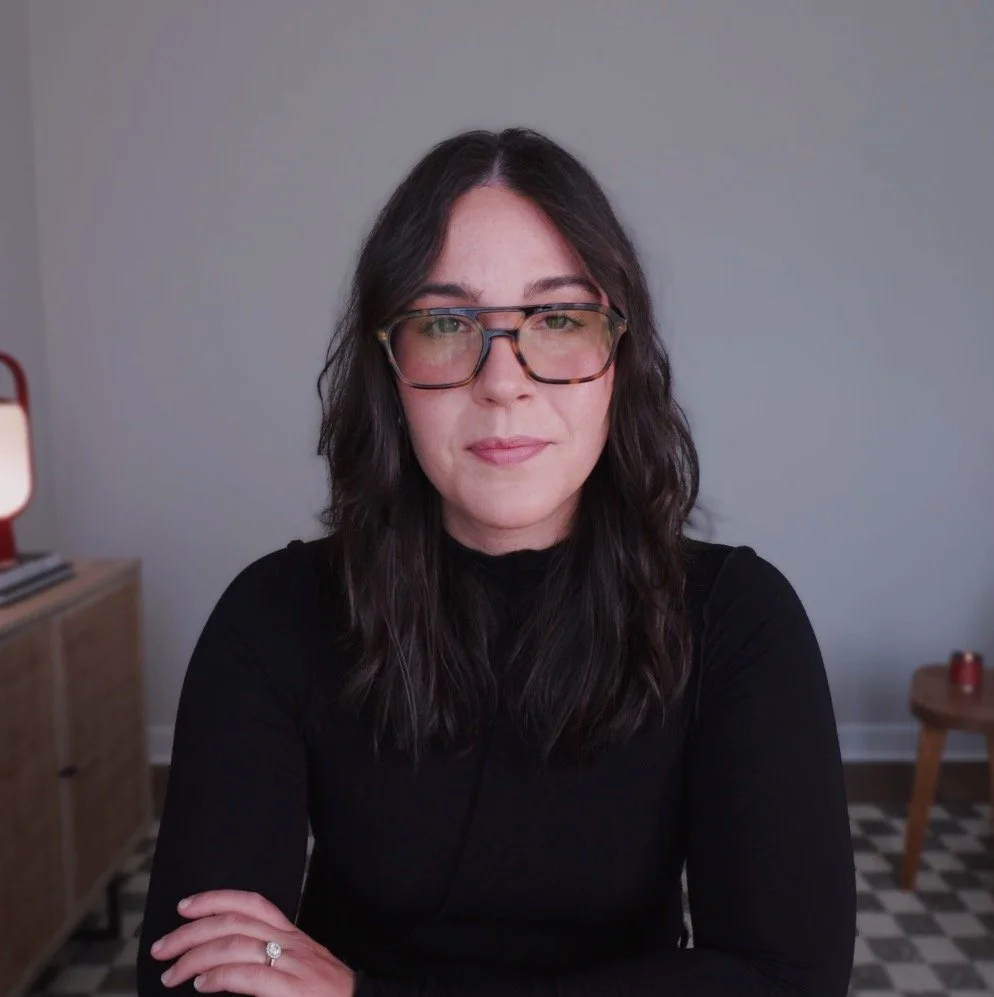
❋
A community for smart women who want clear style systems, creative confidence, and a wardrobe that finally supports their evolving identity.opening Soon.WAARDROBE Studio
The WAARDROBE Methoda structured, intuitive approach to personal style.
welcome
As an ex-engineer turned personal stylist, I help women build wardrobes grounded in logic, identity, and thoughtful creative expression.
If you’re craving a clear, structured way to understand your style, this is where you’ll find systems that make personal style feel intuitive and aligned.
styling services
-
Discover the colors that bring clarity, harmony, and ease to your wardrobe
Tailored palette + guidance for everyday dressing
A simple first step into the WAARDROBE Method
-
Understand your unique lines, proportions, and best silhouettes
Build confidence in your best fits, fabrics, silhouettes, and outfits
Foundation for intuitive, aligned personal style
-
A strategic, identity-driven wardrobe built around your lifestyle and preferences
Personalized outfit planning + creative styling
Your aligned wardrobe, simplified
